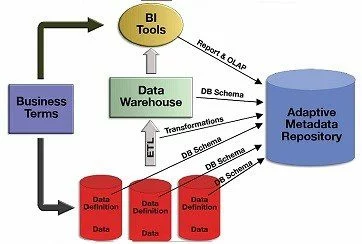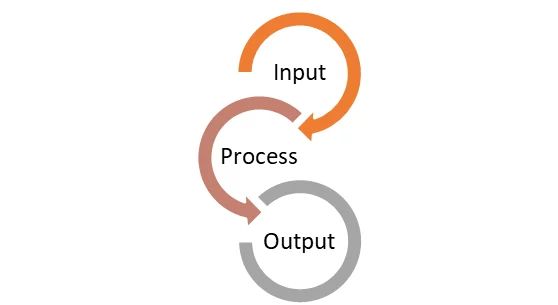Tag: Meta System Square
-

What is Metadata Repository
Definition Metadata Repository is a centralized database which stored all the metadata (i.e schema) of all other system or database within an organisation. You can regard it as the library of metadata of metadata in an organisation What Problem Pattern the Metadata Repository Solves Duplicated Schema definition in different system Imagine a scenario when an…
-
Build a Business Process Management System – Meta System Square
Introduction Recall the article Build a Business Process Management System – System Index Concepts that there are 3 system index levels including System, Meta System and Meta System2 , this article is go to discuss the Meta System2 level. Problems in Relational Database To understand why there is a need in Meta System2, it should…
-

Build a Business Process Management System – System Index Concepts
Definition What is Business Process Management System Business Process Management System is the system which you want to standardize and automate literally any business procedures happened in your business routine. While some of the Business Process Management System, for example , a CRM System (Customer Relationship Management) is mature and well modularized which you can…
